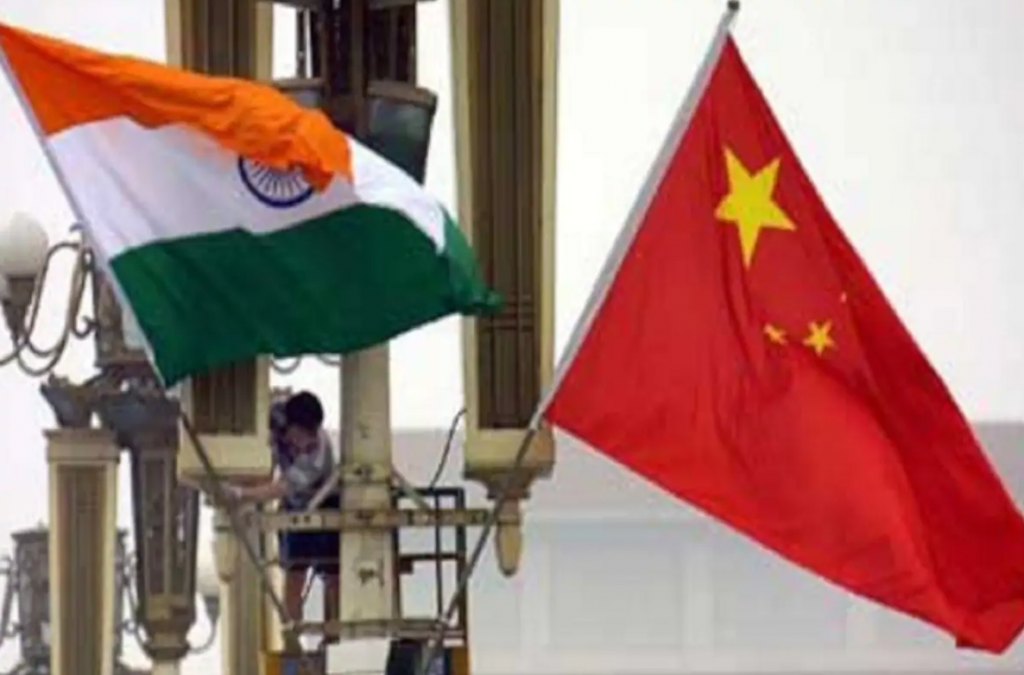India and China held the 12th round of the Corps Commander-level talks July 31 on the Chinese side of Chushul-Moldo Border Personnel Meeting point to end the nearly 15-month-long military standoff in eastern Ladakh. But, that does not seem to be indication that China has any intention to ease tension along India’s borders. For, the past few days saw manoeuvrings by China at the highest level along India’s borders with Tibet and Afghanistan. In a first ever exercise, China’s President Xi Jinping visited Nyingchi in Tibet, close to Arunachal Pradesh, and Lhasa, while a key Taliban leader met China’s top leadership in China. The two developments took place at a time when US Secretary of State Antony Blinken held high level talks with the Indian leadership on a range of issues, including the current turmoil in Afghanistan, and also met a representative of the Dalai Lama in Delhi. These are but calibrated moves by both China on the one hand and India and the USA on the other to test each other’s nerves and diplomatic skills. The stakes are too high and China is acting from a vantage ground. The Taliban are making conciliatory gestures towards it and China’s grip in Tibet is now firmer than ever before. These do not augur well for India.
Xi Jinping’s Tibet visit is significant for a number of reasons and it impinges on the future of Tibet and India-China ties. The last time when a top ranking Chinese leader visited Tibet was in 1990 and it was Jiang Zemin, then General Secretary of the Chinese Communist Party. Xi’s visit is planned to send clear political signals to the people of China, the Tibetans and India. He was accompanied by Zhang Youxia, vice-chairman of the Central Military Commission. The intent appears to flex muscles and possibly also browbeat India. Visits by India’s leaders to Arunachal Pradesh are seen by China as politically provocative. Xi’s visit to a place in Tibet opposite Arunachal Pradesh appears to be an act of provocation as well. Of course, India has accepted Tibet as part of China, but it would be naive to treat the visit of Xi and other top leaders as China’s internal matters. For, Tibet is being used by China as a launching pad for advancing its persistent territorial claims on India. Moreover, the visit was timed when China is embroiled in a military confrontation with India.
Had Xi visited Tibet after the settlement of the current border dispute and restoration of the ground positions that existed in April 2020, India would have had no reason to be bothered about it. But, Xi didn’t wait for the completion of negotiations on restoring the status quo ante and hammering out new terms of border management. This makes the purpose of the visit suspect and indicates China under Xi is toughening its stand on India on the border question.
As for China’s Tibet policy under the Xi regime, it is tightening its military hold over the region, exploiting its resources and building dams on the Brahmaputra, throwing to the wind environmental concerns. It plans to construct a dam at the river’s bend before it enters India. China has already built roads and railway lines in Tibet for both military and economic reasons. It is systematically changing Tibet’s demography through the settlement of Hans in newly-built villages close to India’s border in the east. Xi’s policies seem to aim at undermining the Dalai Lama’s position on a truly autonomous Tibet as part of China.
Intriguingly, China has settled its border disputes with Russia and contiguous Central Asian states. But, it has illegally acquired Indian territory in Shaksgam valley and is unflinchingly staking its maritime and land claims in South and East China Seas, Bhutan and India. Against this backdrop, it is only natural that China would take umbrage at the meeting Blinken had with the Dalai Lama’s representative in Delhi. China is worried about US-India bonhomie with increasing military cooperation and joint stakes in the security of the Indo-Pacific region. Blinken’s meeting with the Director of the Bureau of the Dalai Lama in Delhi, Ngodup Dongchung, has turned out to be a sore point with China. As the USA follows one-China policy, it is expected not to meddle with China’s Tibetan affairs. This is why the Foreign Ministry in Beijing immediately lashed out at the US and asserted it won’t allow “foreign interference with China’s internal affairs in Tibet.” China is extremely allergic to any form of contact between foreign officials and the Dalai Lama. Blinken’s meeting, seemingly goaded by India, touched a raw nerve with China.
But, what is of greater concern for India is the meeting of nine Taliban representatives with China’s Foreign Minister Wang Yi in the northern Chinese city of Tianjin. It is reported that peace process and security issues figured in the discussion. China could extract a promise from the Taliban delegation, headed by Mullah Abdul Ghani Baradar, that they would crack down on the East Turkestan Islamic Movement posing a threat to China by allegedly helping the Uygur Moslems being subjugated by China. The Taliban are seeking international legitimacy of their forcible occupation of vast swathes of Afghanistan weakening the Afghan rule of Prime Minister Ashraf Ghani. Pakistan is their ally and now China is veering to its side with mediation by Pakistan. China also wants to protect its economic interest and expand its Belt and Road Initiative (BRI) and China-Pakistan Economic Corridor (CPEC) into Afghanistan. This is bad news for India. A Taliban regime, supported by Pakistan and China, has potential to turn the Kashmir tangle even more problematic and it could go well beyond that.

